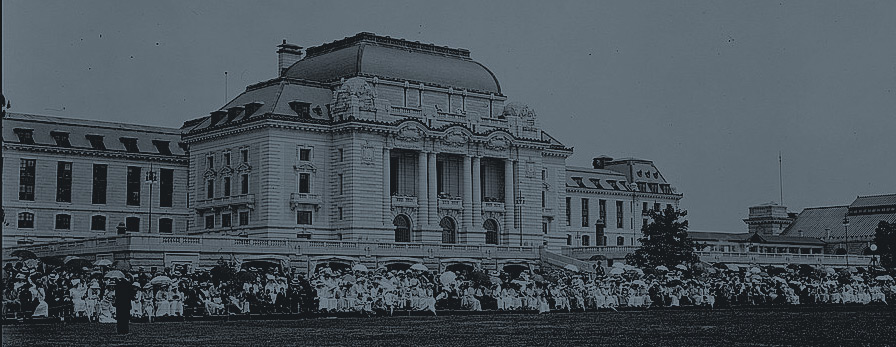Academics have long discussed the benefits of increasing the diversity of the student body as a mechanism for increasing student retention and achievement. In looking at the changes in student body composition between 2002 and 2010, the table below provides the average distribution across four-year-degree–granting U.S. institutions. While still the majority on campuses, White students have seen a 4.7% decrease in the percent of total student body. During the same time period, African American and Hispanic students have experienced 0.75% and 1.20% increases, respectively.
Fall Enrollment Percentages by Student Racial/Ethnic Backgrounds
| Year | White | African American | Hispanic/Latino | Asian/Pacific Islander | Native American/Alaskan |
|---|---|---|---|---|---|
| 2006 | 66.75% | 11.84% | 5.38% | 4.40% | 1.24% |
| 2007 | 66.01% | 11.93% | 5.53% | 4.47% | 1.23% |
| 2008 | 65.03% | 12.08% | 5.72% | 4.59% | 1.21% |
| 2009 | 63.88% | 12.31% | 6.08% | 4.57% | 1.19% |
| 2010 | 63.06% | 12.50% | 6.51% | 4.51% | 1.12% |
Changes in the student body were also seen specifically at Doctoral/Research Universities, Master’s Colleges, and Baccalaureate Colleges. In particular, Doctoral/Research Universities (where White students comprise approximately 58% of the student body) saw a decrease of 3.27% in total student body composition. African American students have their largest increase at Baccalaureate Colleges (0.76%) in contrast to Hispanic students, who saw their largest increase (1.44%) at Doctoral/Research Universities. The enrollment proportion of Asian and Pacific Islander students remained constant across institutional type.
Percent Change in Distribution of Fall Enrollment Students by Race and Ethnicity: 2002 – 2010
| Institutional Type | White | African American | Hispanic/ Latino | Asian/Pacific Islander |
|---|---|---|---|---|
| Doctoral/Research Universities | –3.27% | 0.18% | 1.44% | 0.16% |
| Master’s Colleges | –3.70% | 0.36% | 1.30% | 0.08% |
| Baccalaureate Colleges | –4.03% | 0.76% | 1.12% | –0.10% |
Across all institutions of higher education, there appears to be an increasing diversity among the student body. This signals not only an increased awareness of the benefits of student diversity, but also—when combined with previous evidence on the increasing rigor of college entrance requirements—an increasingly high level of preparation of minority high school graduates.

